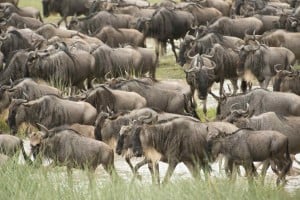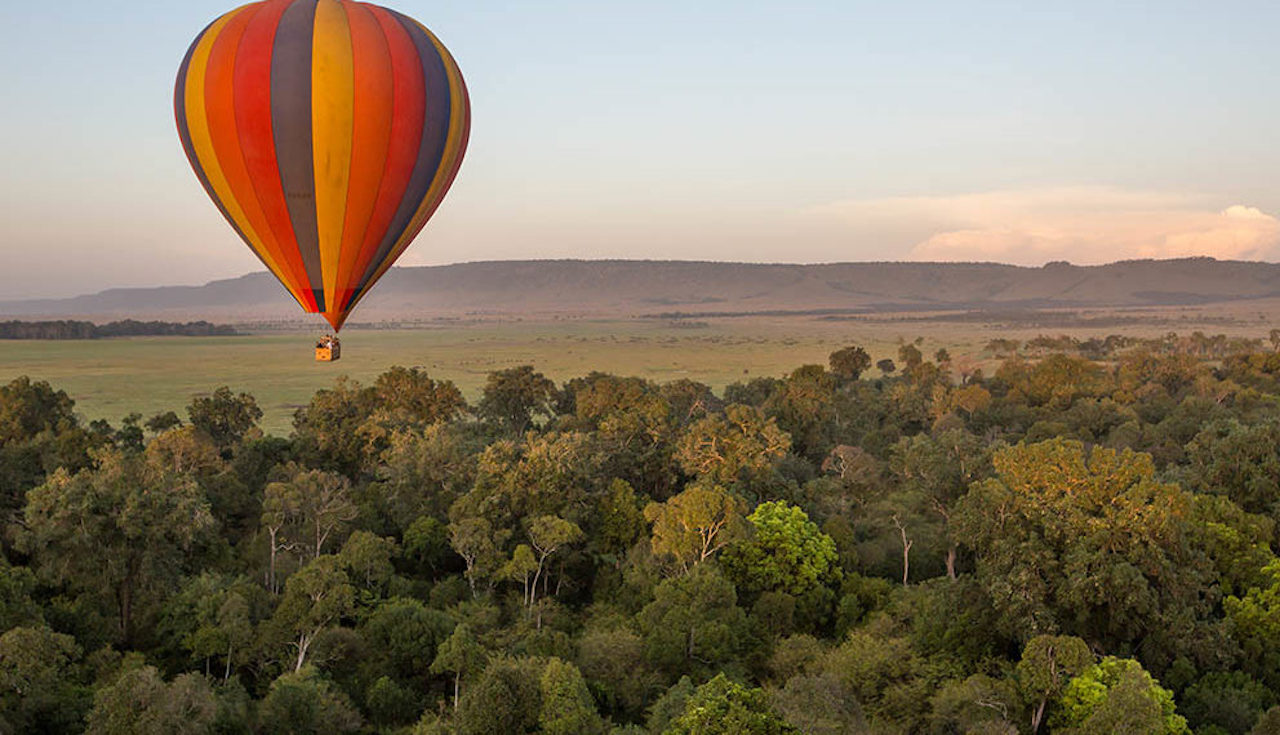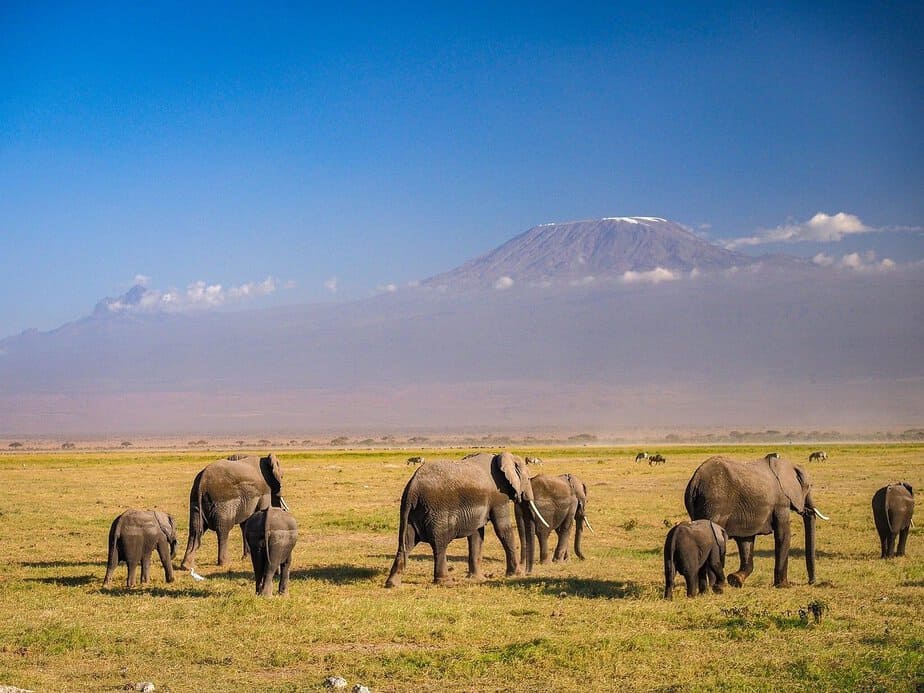A vacation becomes an unforgettable experience when you bear witness to something extraordinary. People take trips to get away from their normal lives, relax, and experience different aspects of the world.
If you’re going to take a vacation, why not make it remarkable?
Often regarded as one of the wonders of the world, hosting over one million land mammals and spanning over roughly 2,000 miles, the Serengeti migration is certainly something to travel for.
If you’re planning a trip to Africa, or are looking for a unique spot to experience something wonderful, consider planning your trip around witnessing this migration. There are a few things to consider when planning this trip, and we’ll cover them in this article.
Here are some tips on how to see the Serengeti migration.
Witnessing the Serengeti Migration
Most vacations are planned based on the season that they happen, but this trip must be a little looser. The animals operate under nature’s consistent, yet fluctuating timeframes. When the environment starts to change, the animals start to move.
This requires some intentional planning on your part. In fact, timing is the most important factor in seeing the migration.
Timeframes and Locations
The rainy season starts to trickle in during November in the Serengeti. The animals typically arrive shortly after this time to feed on the plains en masse. Found there are zebra, antelope, and hoards of wildebeest. These animals remain in the short plains of the Serengeti for the first three months of the year.
This is a time taken for the wildebeests to give birth and develop their young ones. Typically born in February, young wildebeests are ready to begin their long trek sometime around April.

The wildebeest evolved to reproduce early in the year so that they would be able to successfully follow the rain with their young. Following the rain, and the fresh grass that it leads to, is the main purpose of the great Serengeti migration. Millions of animals join in this migration, only to return once the seasons change again.
So, where should you go to witness these migrating animals?
The migration is constantly cycling, so it’s difficult to say that “it ends here” or “begins there,” but there are few spots that are consistently reliable for witnessing the event.
One end of the cycle is Serengeti National Park. This park is a great destination in and of itself, but is also considered the beginning of the great wildebeest and zebra migration. The park is also home to a whole host of African wildlife, so you won’t be disappointed in any regard if you travel there.
It is located in Tanzania, and is separated into 3 distinct areas. The most popular area is the Seronera Valley, where the vast plains are littered with beautiful wildlife, including herds of wildebeest on their way north.
The other two areas are lesser known and visited less often, but are home to forests and bush wildlife.
Visit this area any time from December to March. February, again, is the time to witness most of the young wildlife. Because of the newborns, there is also a lot of predatory activity. Keep this in mind if you’re looking to see prowling lions and cheetahs.
The other end of the migration is in Kenya. Maasai Mara National Reserve is the destination of the mass migration. The best time to visit this area is from July to October. This is when the group reaches the end of its trip, stays, and ventures back to the Serengeti.
Things to Note
The Maasai Mara Reserve is around a 6 hour drive from the capital. If you’re going to stay in Kenya, consider staying in Nairobi.
Kenya
Consider some other things that Kenya has to offer while you’re there. A vibrant cultural life is complimented by a number of exciting tourist attractions. For example, there is an elephant orphanage that has been functioning since the 1970s.
Many of the elephants that were raised in the orphanage were successfully released back into the wild after their time at the David Sheldrick Wildlife Trust. Take a stop there to enjoy some cute elephant babies splashing around in the mud.
Nairobi is also home to a national park and a national museum. The museum gives visitors a chance to learn about Kenya’s intellectual and historical past. Finally, consider visiting the Giraffe Center, home to giraffes that can only be found in East Africa.
If you’re planning on seeing the migration in Tanzania, there are a number of locations to visit there as well.
Tanzania
Tanzania’s Ngorongoro Conservation Area is home to one of the largest craters in the world. The area boasts flamingos, black maned lions and rhinos, and rare elephants.
One of the few things about Tanzania that you might be familiar with is Mount Kilimanjaro. This is the tallest mountain in Africa, and it is accessible to climb. If you’re planning on climbing the mountain, though, plan ahead to set up a trip with a qualified guide.
These trips can get very pricey and are often booked out months in advance.
Tanzania is also home to the island of Zanzibar, which is home to a number of exciting tourist opportunities. There is a historic capital town, which was built by slave traders centuries ago.
There is also a large amount of architecture and beautiful beaches. These places offer a great chance to dive and explore underwater life.
Start Planning a Trip to Africa!
Africa has a lot to offer. There are thousands of destinations and opportunity that will come out of the woodwork as opportunities once you’re there. Base your trip around a few destinations like the Serengeti Migration and work your way out from there.
Most of the activities in Africa are available with professional guides and are very safe. Consider safaris, vibrant city life, wonderful people, and an abundance of natural life that cannot be found anywhere else in the world.
If you are considering a trip to see the Serengeti migration or any other African attractions, do some more research and create the perfect trip for you and your family.



